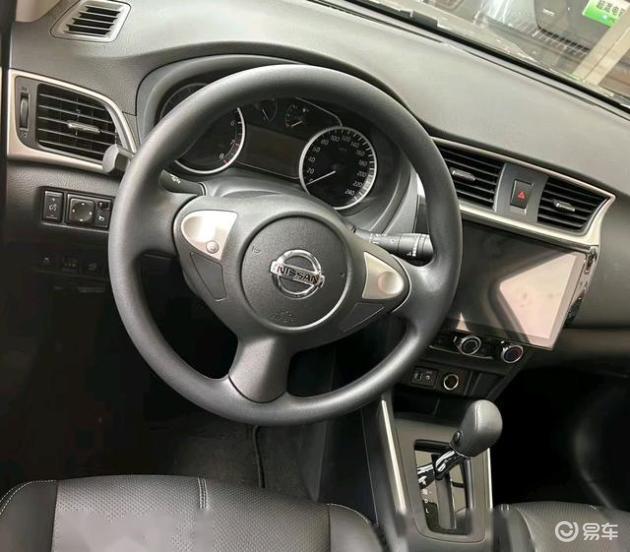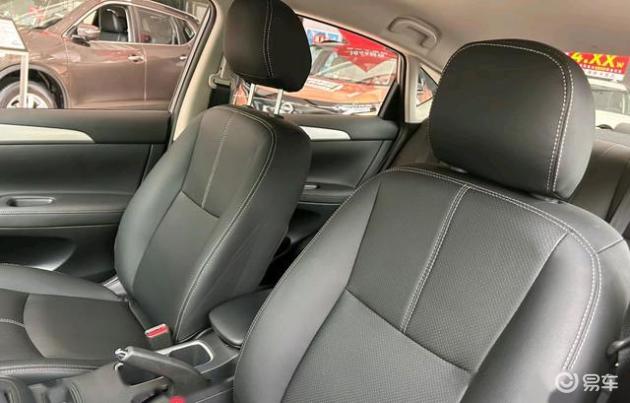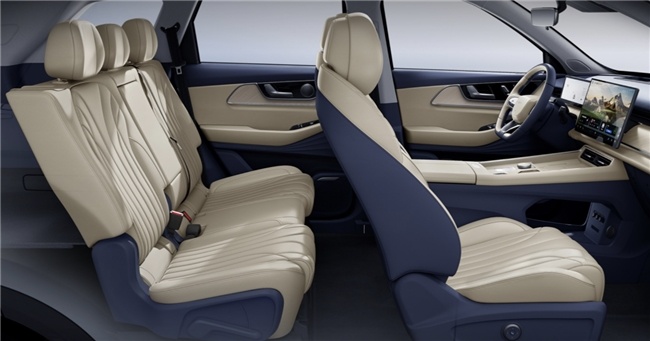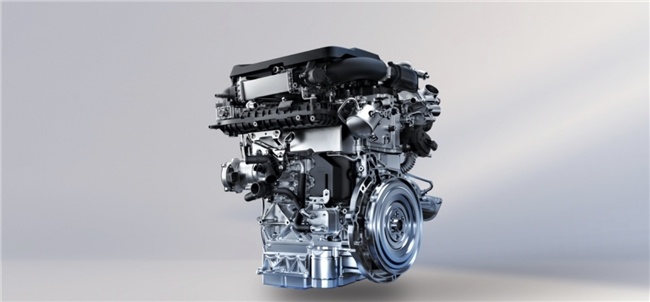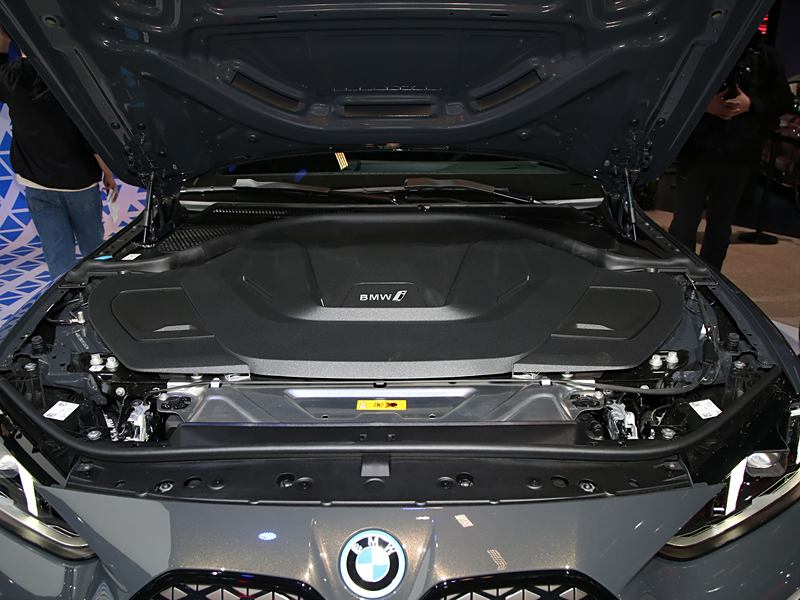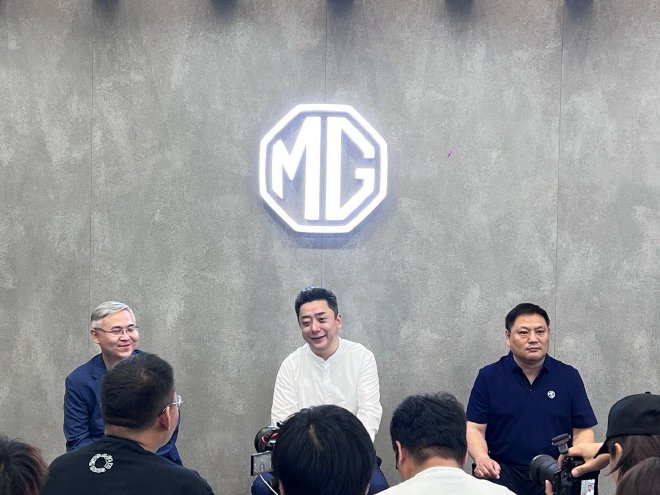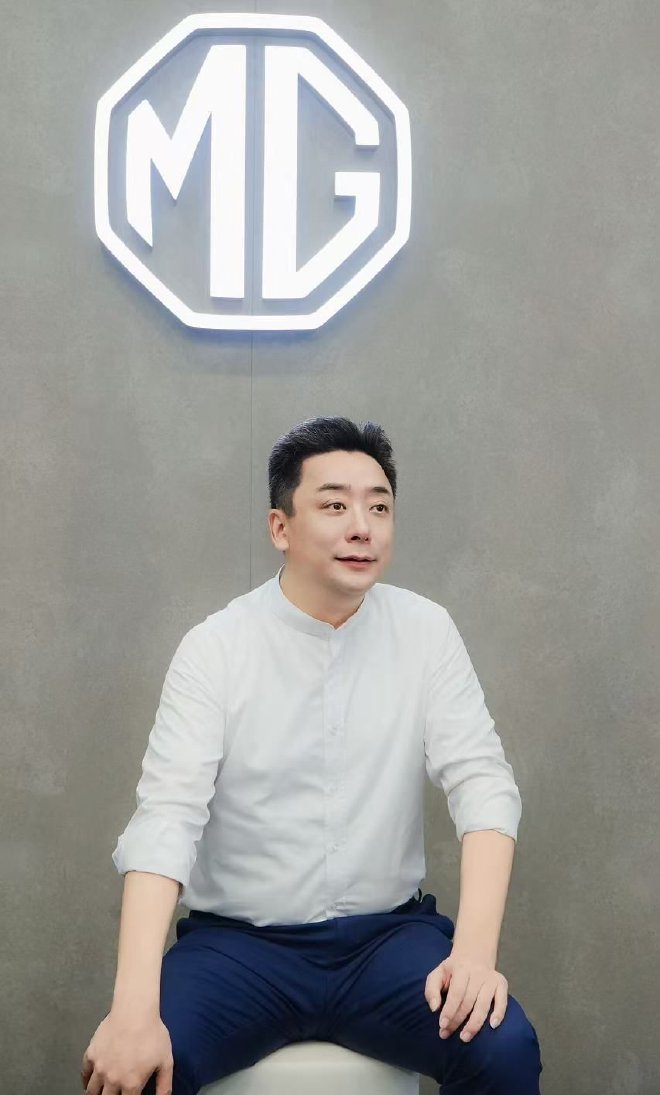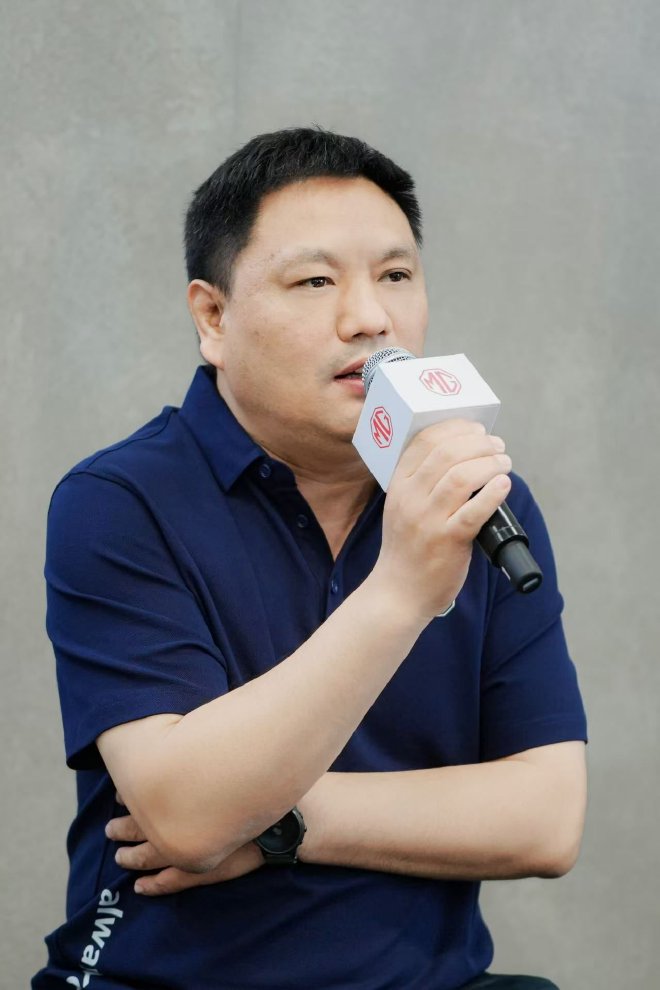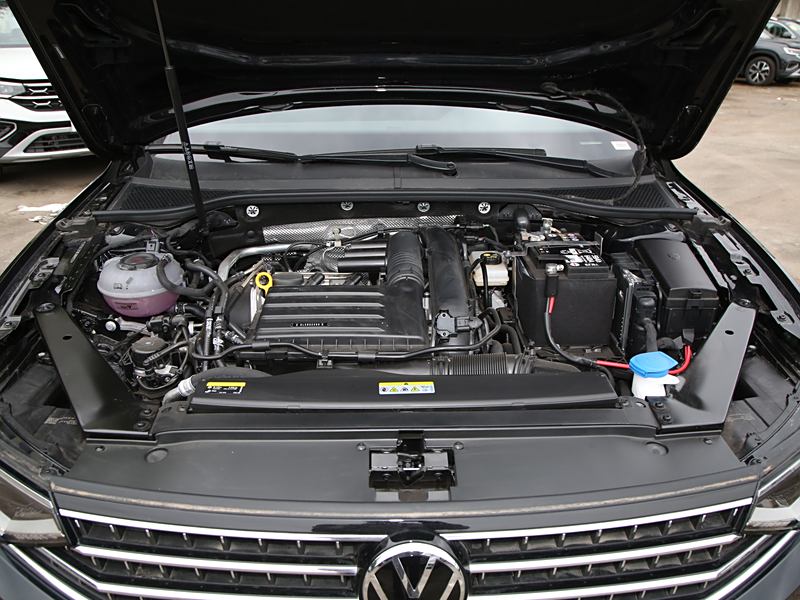Olympic limited edition "tattoo" became popular, revealing Phelps’ cupping to get rid of what disease.
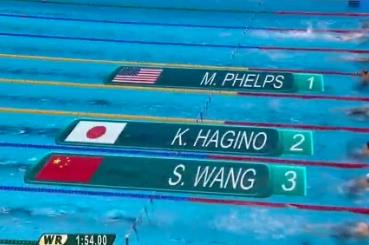
CCTV News:Phelps won the 22nd gold medal in his life at this Olympic Games in Brazil, and the continuation of swimming myth is remarkable. Equally concerned, there are many purple circular marks on his back, which have been dubbed by netizens as the Olympic limited edition "tattoo", which has also attracted the ancient cupping therapy to immediately "become popular" in the world, and also made Chinese medicine once again attract the attention of the people of the world.
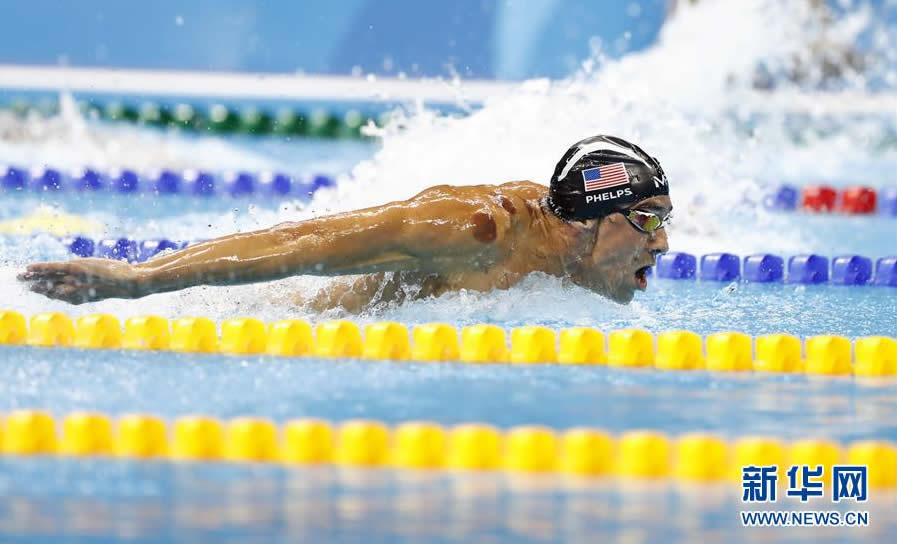
Phelps has obvious traces of cupping. Xinhua News Agency reporter Ding Xushe

Coincidentally, American gymnast Alex Nador has the same Olympic style.
In China, cupping, a therapy with a long history and simple operation, has already entered thousands of households. Many families bring their own cupping equipment, and when they feel a little sore, they pull out a few cans. But in Rio, cupping has become a mysterious oriental medical method that foreign journalists are scrambling to understand. Phelps explained that he tried this fresh therapy to relieve muscle soreness.
Cupping therapy has the functions of dredging channels and collaterals, promoting circulation of qi and blood circulation, expelling wind and dispelling cold, reducing swelling and relieving pain, and is often used to treat lumbago, back, shoulder, arm and leg pain, joint pain, soft tissue sprain, cold, headache, cough, asthma, stroke and other diseases.
There are four kinds of cans, each with its own advantages and disadvantages.
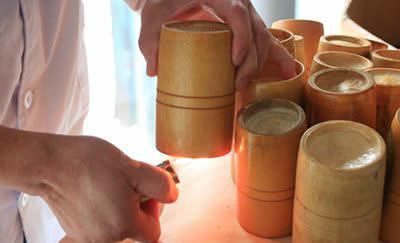
(1) Bamboo pot: It is made of one end of a bamboo tube with a joint as the bottom, the other end with sandpaper to smooth and level the mouth of the pot, and then scrape off the green peel and inner membrane with a knife. Bamboo cans are easy to obtain, light and cheap, not easy to break, and suitable for boiling. However, it also has the disadvantages of easy cracking, air leakage and weak adsorption.
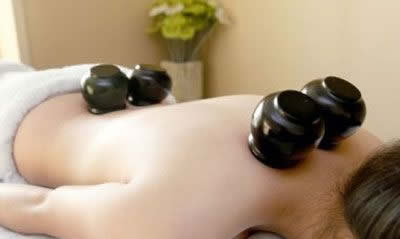
(2) Pottery pot: Pottery pot is made of clay, with a smooth mouth, a large and round belly and a small mouth and bottom, which has the advantage of great adsorption; The disadvantage is that the texture is heavy, easy to break, and it is difficult to observe the situation in the jar compared with the glass jar.
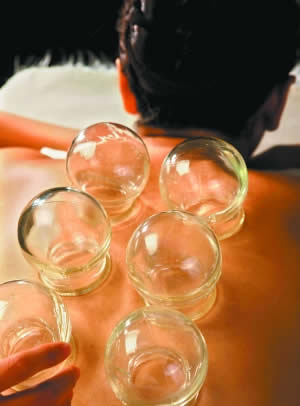
(3) Glass jar: Glass jar is made of glass on the basis of pottery jar, which is spherical in shape and divided into different models according to its size. Its advantages are transparent texture, and the degree of hyperemia and congestion of the skin at the pulled part can be observed when it is used, which is convenient for mastering the treatment situation; The disadvantage is that it is easy to break and damage.

(4) Air extraction tank: The air extraction tank is made of special plastic material, and is equipped with air extraction and exhaust devices such as pistons or rubber bags. The air extraction tank has the advantages of safe and convenient use, strong adsorption and not easy to break, and is especially suitable for household use.
Can suck on the skin, three "Suction method "
Why can a small jar be adsorbed on human skin? In fact, there is no mystery. The canister can be adsorbed on human skin by the negative pressure in the canister. Different adsorption methods empty the air in the tank to generate negative pressure, and the tank can be adsorbed! What are the commonly used adsorption methods?
(1) Fire absorption method: Most hospitals now use the flash fire method, which is to hold the alcohol cotton ball with tweezers and ignite it, and then make the fire go around the tank for 1-3 times, then withdraw the fire and quickly buckle the tank at the position to be pulled out. This method has no fire in the tank, so it is very safe, and it is the most commonly used suction method. In addition, there are fire throwing method, wine dripping method, cotton sticking method, etc. These methods all have fire in the tank, so we should pay strict attention to them when operating, so as not to burn the skin or cause fire.
(2) Water absorption method: Bamboo cans are generally used for water absorption method. Put the bamboo pot in the pot, add water to boil, then use tweezers to clamp the pot mouth down, quickly close the pot mouth with a cold towel, and immediately buckle the pot at the place where it should be pulled out, which can be adsorbed on the skin. According to the patient’s condition, appropriate amount of Chinese herbal medicine can be put into the pot and decocted at the same time, so it is also called medicine cupping method.
(3) Air suction method: The air suction tank method is the easiest to operate. First, fasten the tank mouth of the air suction tank to the suction part, and use the air suction pump to draw air out of the tank through the rubber plug, so that it can be sucked.
By the way, if you want to lift the jar, you only need to hold the jar with one hand and press it with your thumb or forefinger from the jar mouth with the other hand, so that the gas can enter the jar, and you don’t need to smash the jar.
Different parts of the disease have different cupping methods.
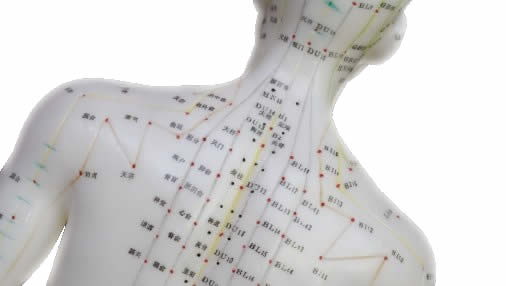
Cupping methods are different for different diseases and different parts. Commonly used cupping treatment methods are as follows:
(1) Canning method: the can is sucked and pulled on the skin surface for 10-15 minutes, and then the can is lifted. This method is the most commonly used and can be applied to general diseases.
(2) cupping method: first coat a layer of lubricant such as vaseline on the skin or the mouth of the cupping area, then suck the cupping area, and then push the cupping area back and forth on the skin until the skin of the cupping area is ruddy, congested or even congested, and then lift the cupping area. This method is generally used for large areas and muscular parts.
(3) Flash cupping method: immediately after cupping, lift the cupping, and so on and so forth for many times until the skin is flushed to a certain degree. It is mostly used for patients and parts where it is not suitable to leave cans, such as children or face, and can be used to treat local skin numbness, pain or hypofunction.
(4) pricking blood and cupping: also known as pricking collaterals and cupping. This therapy needs to disinfect the skin at the site to be pulled out first, then prick it with a triangular needle to bleed or tap it with a skin needle, and then draw the cupping at the pricking or tapping site to make it bleed. This method is mostly used to treat blood stasis, heat, pain and swelling, such as erysipelas, sprain and breast abscess.
(5) Holding needle and cupping method: when holding needle in acupuncture, the cupping is pulled on the part centered on the needle, and after 5-10 minutes, the cupping is lifted and then the needle is taken out. This treatment can play the role of acupuncture and cupping.
Cupping and skin color discrimination
Purple-black: insufficient blood supply and accumulated cold.
Purple with dark spots: qi and blood are not smooth.
Purple spots and blocks with different shades: rheumatism.
Bright red and rosy, local fever: yang syndrome, heat syndrome, yin deficiency and heat toxin.
Ecchymosis or blood bubbles are gray and pale: deficiency cold and dampness evil.
Slight itching of skin: pathogenic wind and dampness.
Those with water drops in the pot: cold and wet.
Local recovery soon: indicating quick recovery.
Precautions and contraindications of cupping
Some friends said that since cupping is so good and can cure so many diseases, let’s cupping if we don’t agree! Wait a minute! Cupping still has some precautions and contraindications.
First of all, cupping should choose an appropriate position and position. Unrestrained posture and too thin parts will make cupping easy to fall off. In addition, for different parts and different areas, it is necessary to choose cans with appropriate sizes to make the cans tight. If you leave the jar for a long time or burn your skin carelessly, you don’t need to treat the small skin blisters to prevent them from being scratched. When the blisters are large, you should use sterilized needles to discharge the water, apply scald oil, and wrap them with sterilized gauze as appropriate to prevent infection. Last but not least, cupping is not suitable for areas with allergic skin, ulcer, edema and the distribution of heart and great blood vessels, and cupping is also prohibited for patients with high fever convulsions and pregnant women’s abdomen and lumbosacral region.
Three misunderstandings of cupping vigilance
Myth 1: The darker the mark after cupping, the better.
Different people leave different marks on their bodies after cupping. Some people think that the deeper the mark, the better the effect.
"In fact, this is not the case." Professor Zhuang Lixing, director of the Rehabilitation Center of the First Affiliated Hospital of Guangzhou University of Traditional Chinese Medicine, explained that if the cupping part is cold, damp and evil, or the blood stasis is heavy, or there is local inflammation, a purple-red or even purple-black mark will appear. However, normal people’s skin has a certain osmotic pressure in a healthy state, and cupping has little damage to subcutaneous blood vessels, so the mark left after cupping may be "no color". In addition, after cupping causes subcutaneous congestion, the fading process of the imprint is also related to the individual’s own physique and skin condition. People with good local blood circulation absorb it quickly and fade it quickly.
Myth 2: The longer cupping time, the better.
According to the size, material and negative pressure of cupping, the timing of cupping is also particular. Use ignition to pull it out, generally not more than 10 minutes. For most home operations, it is suggested that it is safer to use an air extraction tank. However, Zhuang Lixing reminded that the cupping time should not be extended at will because the gas tank is "fire-free", thinking that the longer the better.
He suggested that ordinary people should take 5-10 minutes for home health care. The adjustment of time must depend on individual and local conditions. For example, some young adults are physically strong, and there is no change in cupping for 5 minutes, and an appropriate extension of 5~10 minutes can be done; However, for people with tender skin or weak constitution, even if the time is short, if the skin is obviously red or even blistered through the can during cupping, the can should be lifted immediately. Generally, people with diabetes have to pull it out for a shorter time to avoid skin infection caused by foaming.
Myth 3: Take a cold bath immediately after cupping.
Phelps, who won the championship one after another, was very eye-catching when he came out of the water. Some netizens commented: You can’t get into the water after pulling out the cupping … Are foreigners too fierce?
"In principle, after pulling out the can, the pores will expand. Don’t go into the water or blow it immediately to avoid catching cold." Zhuang Lixing said that even if you take a shower, it is best to spend a few hours and try not to take a cold shower. If there are blisters and skin lesions in cupping, try to avoid contact with raw water to prevent infection when it is not repaired.
"flying fish"Swimming all day longPain is inevitable when the cold and dampness are heavier.Cupping, removing dampness and relieving fatigue in traditional Chinese medicine help it continue to create Olympic miracles.
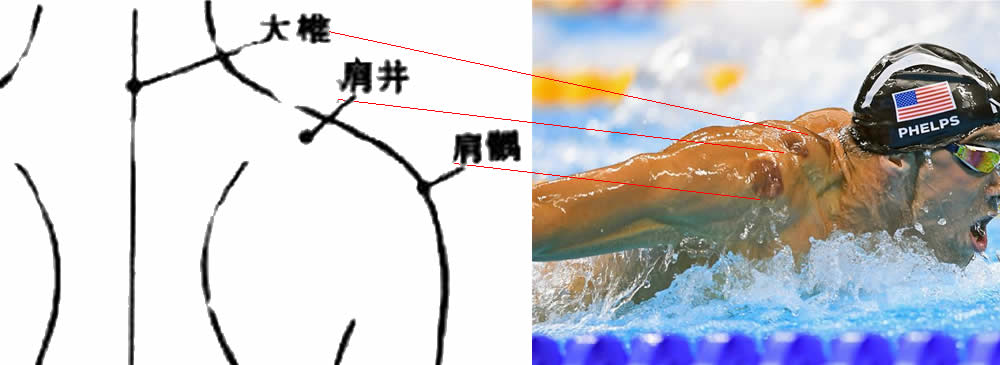
Look carefully at the "can print" on Phelps’s body. The color is dark, which is not quite like the one just pulled out. Generally, this kind of mark will last for a day or two, and they may not have just finished their treatment and participated in the competition. Through this "pot seal" of Phelps’ shoulder and back and the map of human acupoints, he took at least Dazhui, Shouzhong Shu, Shoujing, Shouyi and other acupoints:
Dazhui point is a Du meridian point, which can prevent and treat cervical spondylosis, adjust Du meridian qi and blood, supplement human yang, and improve human body’s ability to resist external evils. Indications: stiff neck, kyphosis, shoulder and neck pain, lung distension and hypochondriac fullness, cough and dyspnea; Malaria, rubella, madness. Neck and shoulder muscle spasm, stiff neck, cold.
Shu point in the middle shoulder is mainly used for cough, asthma, blood spitting, stiff neck, shoulder and back pain, etc.
Indications of Jianjing point are: arthralgia in shoulder and back, no lifting of arms, strong neck pain, breast abscess, stroke, scrofula, dystocia, all kinds of deficiency, shoulder pain, head pain, top-heaviness, eye fatigue, tinnitus, high blood pressure, stiff neck and so on.
Shoulder-epigastric point belongs to hand-Yangming large intestine meridian, which can relieve and treat shoulder-arm pain, periarthritis of shoulder, upper limb paralysis, stiff neck, scrofula, addiction rash and so on.

Judging from the color of "can seal", "flying fish" may be a little cold and wet.
Mechanism of cupping therapy prompted by modern medicine
Modern medical research believes that mechanical stimulation is one of the mechanisms of cupping therapy. During treatment, the edge of the jar can be tightly attached to the skin surface, pulling nerves, muscles, blood vessels and subcutaneous glands, which can cause a series of neuroendocrine reactions, adjust the vasomotor function and vascular permeability, and thus improve local blood circulation.
Secondly, the negative pressure of cupping makes local congestion and congestion, small capillaries even rupture, red blood cells are destroyed and hemolysis occurs. The release of hemoglobin in local red blood cells is a benign stimulus to the body, which can regulate the functions of tissues and organs in two directions through the nervous system, promote the phagocytosis of white blood cells, improve the sensitivity and tolerance of skin to external changes, and thus enhance the immunity of the body.
Thirdly, the strong suction force of negative pressure can make sweat pores fully open, the functions of sweat glands and sebaceous glands are stimulated and strengthened, and the aging cells on the skin surface fall off, thus accelerating the discharge of toxins and wastes in the body. In addition, the local warming effect of cupping can not only dilate blood vessels and increase blood flow, but also enhance the permeability of blood vessel walls and the phagocytosis of cells.
Cupping therapy has obvious pain relieving effect. Whether it is headache, abdominal pain, biliary colic, rheumatic pain in internal medicine, acute lumbar sprain or chronic soft tissue injury in surgery, cupping therapy can achieve immediate curative effect, and some even need only one treatment to recover. Although cupping therapy is reliable and simple, not everyone can do it. People who are too weak should not be cupped. Because cupping is a diarrhea method in traditional Chinese medicine, it will make the weak weaker. Pregnant women and elderly people with heart disease should be cautious in cupping.
Whether children are suitable for cupping is still inconclusive, because children’s skin is delicate and underdeveloped, so it is necessary to consult Chinese medicine practitioners before cupping to ensure safety. In addition, people with low platelet levels are prone to skin congestion when cupping, which is not suitable.
Traditional Chinese Medicine Cupping Across the Ocean in shine on you

Phelps has participated in five Olympic Games. People can’t help feeling that if he had appeared in the Olympic Games with a cupping mark 20 years ago, there wouldn’t have been the film Guasha directed by Zheng Xiaolong in 2001. The movie starring Tony Leung Ka Fai and Jiang Wenli was impressive: an ancient scrapping therapy in China triggered a violent conflict between Chinese and Western cultures. Today, 15 years later, when cupping, an ancient China therapy, appears in front of the general public in the west in such a rapid way, people can see that the westerners’ acceptance of China’s traditional culture has greatly changed, which is a good thing to reduce the "misunderstanding" in the cultural exchange between China and the West.
Source: CCTV News, Beijing Youth Daily, Guangzhou Daily.


